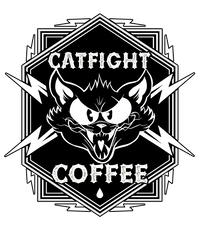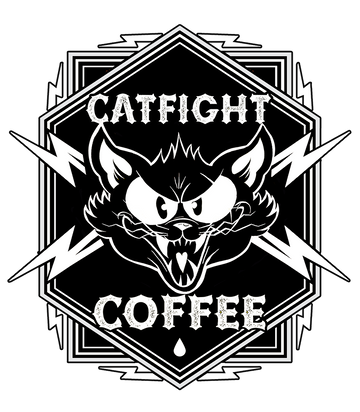
How does your coffee beans transported from the farms to New Jersey where we roast?
This blog might be a little heavy on the coffee nerd side, and a bit more on the logistic end than the brewing of coffee.
A lot of discussions come up over the picking of the bean and also the roasting. But, what happens in-between? After the farmers meticulously pick the cherry and then processed into a green, how does it get to the roaster?
Sea transit is an almost inevitable part of coffee trading, with many origin countries located thousands of kilometers away from the customer’s port. Yet it comes with risks: falling cup scores, oxygen-bleaching, and even mold. Roasters, traders, and producers need to understand these and appropriately protect their coffee – especially if they’re transporting specialty coffee.
Protecting the coffee from moisture and temperature fluctuations is essential, especially during longer journeys. The shipping containers need to have ventilation but also remain dry and in good condition.
Some say that the moment coffee cherries are picked, the clock begins ticking and the quality starts degrading. Sea transportation is one of the riskiest moments in coffee’s route from farm to roasters. The beans spend days in a container exposed to high heat and humidity, both of which can cause cup scores to plummet.
Many factors affect a coffee’s quality and stability, but once you’re dealing with dried green beans, there are three main issues to consider: temperature, relative humidity, and moisture content.
Coffee is hygroscopic, meaning it will absorb and retain moisture from the air. In extreme cases, coffee’s hygroscopic nature can lead to oxidation and mold. Additionally, whitening happens when green beans absorb significant amounts of moisture from the environment. As the coffee’s physical appearance changes, so does its flavor. A loss of acidity and a baggy or past-crop flavors are the notable effects.
It’s easy for us to take for granted that our coffee just ‘appears’. In a day and age where digital printers are creating human tissue and organs. Coffee remains one of the few things that has to pass though human hands and grown organically. This is what we at Catfight love about coffee.From picking the beans, to transporting them to our facility in NJ to the roasting. Humans have to be involved though the entire process. We hope you feel the humanity in our product and remember, that you are always helping someone in the supply chain when you buy Catfight.

